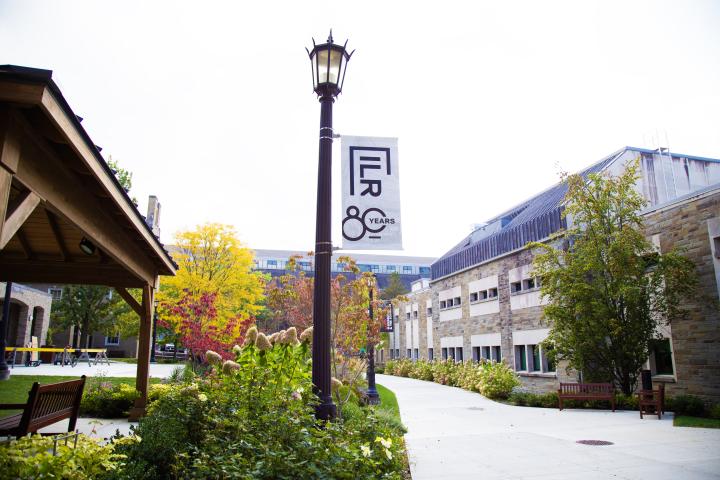
Long Climb Ahead
The U.S. economy added 200,000 jobs last month, higher than analysts foresaw, Linda Barrington said in examining monthly government employment figures released Friday.
Barrington is the managing director of ILR's Institute for Compensation Studies.
"Again, we see that it's the private sector contributing all the employment growth of the past month," she said in an interview.
Barrington detailed what the Bureau of Labor Statistics report showed for December:
- The private sector actually increased employment by 212,000 positions, while employment in the public sector again dragged employment, albeit slightly, in the wrong direction – shrinking by 12,000.
- In the past two years, the private sector has had just two months of shrinking employment numbers (January and February of 2010). But, the public sector has had 18 months where employment shrunk, and that time period includes the massive hiring for the federal decennial census.
- The government sector continues to dampen the overall job creation numbers by choosing budget-reducing layoffs over stimulus-spending on employment, but on a smaller scale than in recent months.
"Digging just a little deeper into the December report to get beyond the hype over the numbers being better than expected," Barrington said. "There are signs Americans are feeling the labor market is continuing to be on more solid footing. The signs, however, are reinforcing only that we are just in the first leg of a long upward climb."
"The deterioration of the employment picture -- at least in the private sector -- has stopped, but is not rapidly growing," she said.
On the question of whether people are dropping out of the labor force and not being counted because they've given up hope for a job, Barrington offered these thoughts:
- The number of "discouraged workers" dropped notably in December. (Discouraged workers are those who have given up looking because they believe there are no jobs.)
- The number of people wanting to work full-time, but only able to find temporary work because of the bad economy, also dropped. (The official term for this employment situation is "part time for economic reasons.")
- The participation rate – the percent of the working age civilian population that is actively employed or looking for a job – is holding stable at 64.0 percent. This is consistent with November, but down slightly from the 64.1 percent recorded in October.
- The number of people not in the labor force (they are neither employed nor looking for work) continues to grow, which suggests many Americans have removed themselves from participating in employment-related activity. The increase from November to December, however, is smaller than the previous month.


